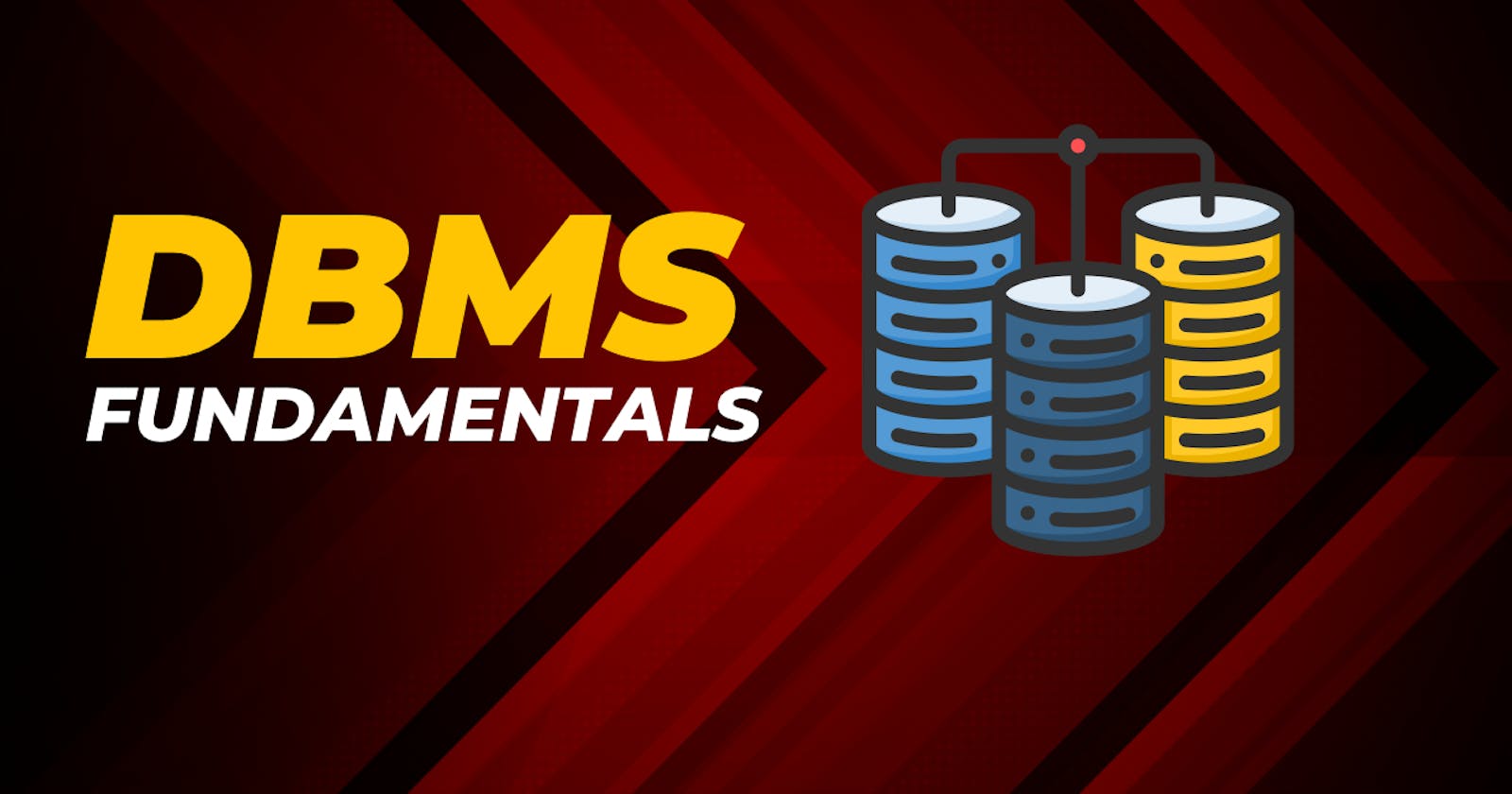In today's data-driven world, managing big data efficiently and securely is crucial. This is where a database management system (DBMS) comes into play. DBMS is a software application that facilitates the storage, organization, retrieval and management of data in a structured way. In this blog, we will understand the basics of DBMS and explore its features and benefits.
What is database management?
A database management system is a software tool that allows users to define, create, run, and manage data. It acts as an intermediary between users and databases, providing an interactive interface with information. DBMS ensures data integrity, security and quality control using a variety of data and processing algorithms.
Key concepts of DBMS:
Data Definitions Language (DDL): DDL allows users to define database systems, including tables, relationships, and constraints.It provides commands such as CREATE, ALTER, and DROP to manage database structures.
Data Manipulation Language (DML): DML supports importing, adding, deleting and modifying data.It includes commands such as SELECT, INSERT, UPDATE, and DELETE that allow users to interact with data.
Data Query Language (DQL): DQL allows users to retrieve data from a database using queries. The most commonly used query is Structured Query Language (SQL), which allows users to specify their information needs and orders.
Data Administration: The DBMS includes administrative tools to manage user access, security, backup, and recovery. Keeps data private and prevents unauthorized access.
Data models: DBMS supports many data models such as relational models,hierarchical models,and network models. Relational models based on tables and relationships are the most commonly used.
Benefits of Using a DBMS
- Data Integrity: DBMS maintains data integrity to provide accurate and consistent data.Validates data against invalid or inconsistent entries according to specified rules.
- Data Security: DBMS provides access control system to protect data. It allows administrators to grant different levels of access to users, protecting sensitive information from unauthorized access.
Data Consistency and Concurrency: DBMS manages access to data simultaneously, allowing multiple users to work simultaneously without inconsistent or conflicting data.
Data Scalability and Performance: DBMS optimize data storage and retrieval, improving system performance even when dealing with large data sets. It supports indexing, query optimization and caching strategies for better performance.
Data backup and recovery: DBMS provides mechanisms for backup and recovery in case of data loss or system failure. It reduces the risk of data loss and ensures business continuity.
Popular DBMS Tools
MySQL: MySQL is an open-source relational database management system that is widely used for web applications and enterprise solutions. It offers scalability, high performance, and a comprehensive set of features, including support for multiple storage engines, replication, and clustering.
PostgreSQL: PostgreSQL is a powerful and highly extensible open-source relational database management system known for its robustness, reliability, and advanced features. It provides excellent support for ACID (Atomicity, Consistency, Isolation, Durability) properties and offers a wide range of data types and indexing options.
MongoDB: MongoDB is a popular document-oriented NoSQL database management system. It stores data in a flexible, JSON-like format called BSON and provides high scalability, automatic sharding, and horizontal scaling. MongoDB is often used in modern applications that require flexible and schema-less data structures.
Oracle Database: Oracle Database is a comprehensive and feature-rich relational database management system. It is known for its scalability, security, and advanced data processing capabilities. Oracle Database supports a wide range of data types and offers advanced SQL functionalities and robust transaction management.
Microsoft SQL Server: Microsoft SQL Server is a relational database management system developed by Microsoft. It provides a complete suite of database tools, including advanced querying, reporting, and data integration capabilities. SQL Server offers seamless integration with other Microsoft products and is often used in Windows-based environments.
SQLite: SQLite is a lightweight and embedded relational database management system that doesn't require a separate server process. It is widely used in mobile applications and embedded systems. SQLite is known for its simplicity, efficiency, and small footprint.
Conclusion
Database Management Systems play a vital role in managing data effectively, ensuring its integrity, security, and accessibility. Alongside the fundamental components of DBMS, there are various popular tools available that cater to different needs and requirements. Whether you're looking for a scalable solution, a flexible NoSQL database, or a comprehensive enterprise-level system, there's a DBMS tool out there to suit your needs. Understanding the fundamentals of DBMS and being aware of popular tools equips developers and database administrators with the knowledge to design robust and efficient database systems.

